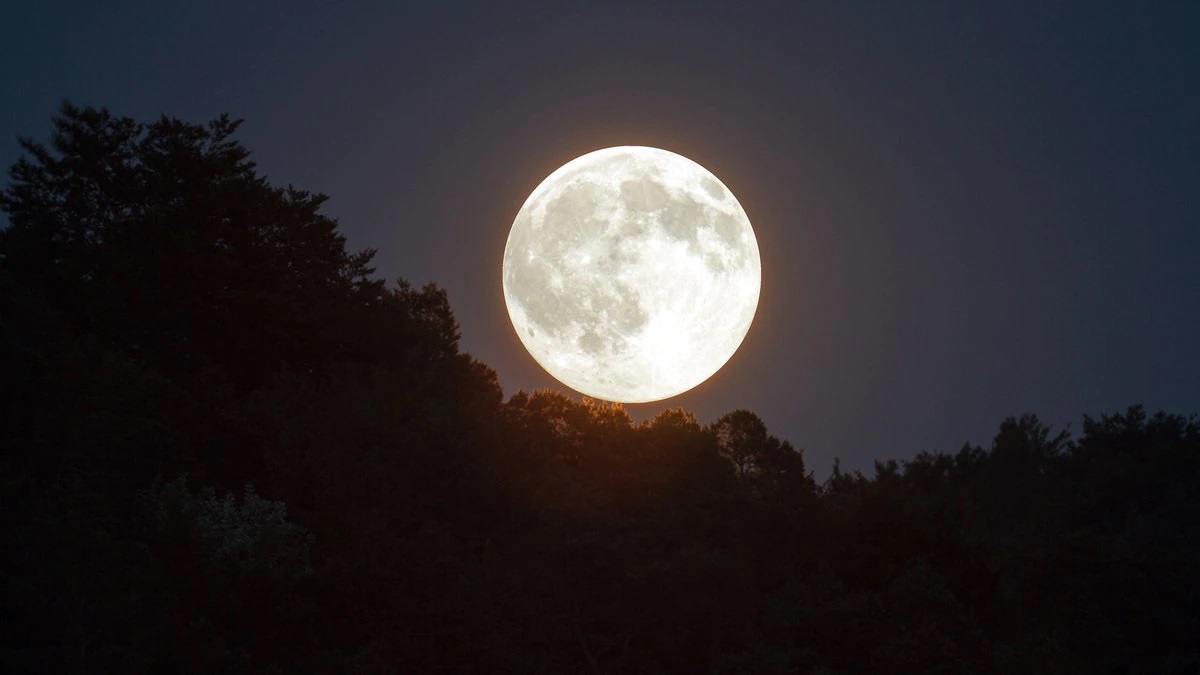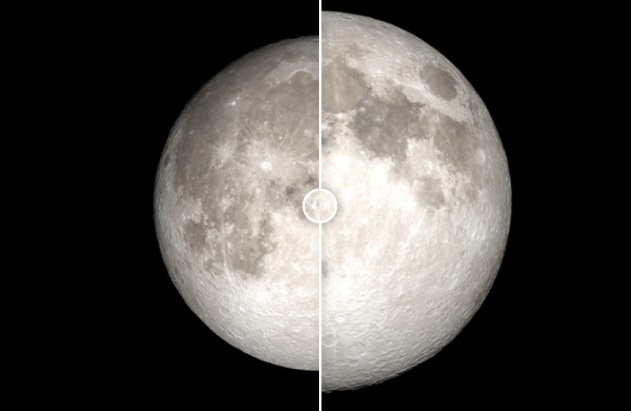July is the middle of summer, still not the best time for astronomical observations in our latitudes. Only by the end of the month the nights become long enough and there is time to consider weak celestial objects. At the same time, the first active summer meteor showers begin to operate. This year, at this time, the mysterious “asteroid comet” Wilson-Harrington will approach us and the relatively bright comet PanSTARRS will continue to increase its brilliance, but at the same time its declination will decrease. On July 13, there is a “supermoon” — the closest approach of the Moon to the Earth throughout the year.

July 3
- The Moon is 4° north of Regulus (α Leo, 1,3ᵐ)
July 4
- The Earth is in aphelion, 1,017 AU (152.1 million km) from the center of the Sun
July 7
- The Moon is in the phase of the first quarter
- The Moon is 3° north of Spica (α Vir, 1.0ᵐ)
July 11
- The Moon occults the star of the ο Scorpio (4,5ᵐ)
- The Moon is 3° north of Antares (α Scorpio, 1.0ᵐ)
July 13
- “Supermoon”. The Moon is at perigee, 357,263 km from Earth (closest in 2022)

July 16
- The Moon is 5° south of Saturn (0.5ᵐ)
- Mercury is at superior conjunction with the Sun
July 17
- The Moon occults the star of the T Aquarii (4,0ᵐ)
July 18
- The Moon is 4° south of Neptune (7,9ᵐ)
July 19
- The Moon is 3° south of Jupiter (-2.6ᵐ)
July 20
- The Moon is in the last quarter phase
- Comet Wilson-Harrington (4015 Wilson-Harrington, 9ᵐ) 0.399 AU (59.6 million km) from Earth
July 22
- The Moon is 4° east of Mars (0.3ᵐ) and 2° west of Uranus (5.8ᵐ)
July 24
- The Moon is 6° north of Aldebaran (α Tau, 0.8ᵐ)
July 26
- The Moon is at apogee, 406,275 km from Earth
- The Moon is 3° north of Venus (-3.9ᵐ)
July 27
- The maximum activity of the Southern Delta Aquariids meteor shower (up to 20 meteors per hour)
July 28
- New Moon
July 29
- The Moon is 4° north of Mercury (-0.7ᵐ)
July 30
- The Moon is 4° north of Regulus
- Maximum activity of the meteor shower Northern Delta Aquariids (up to 25 meteors per hour)
Follow us on Twitter to get the most interesting space news in time
https://twitter.com/ust_magazine
